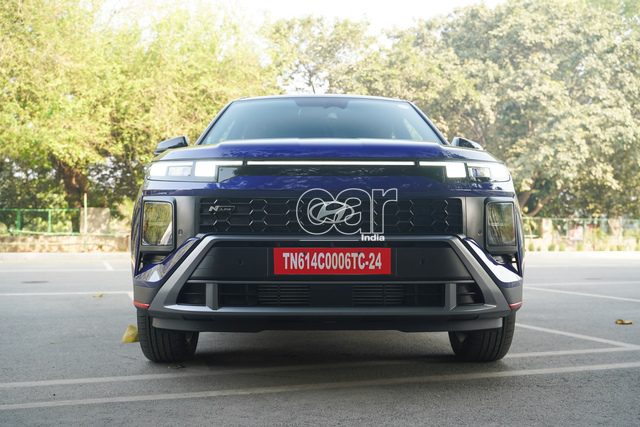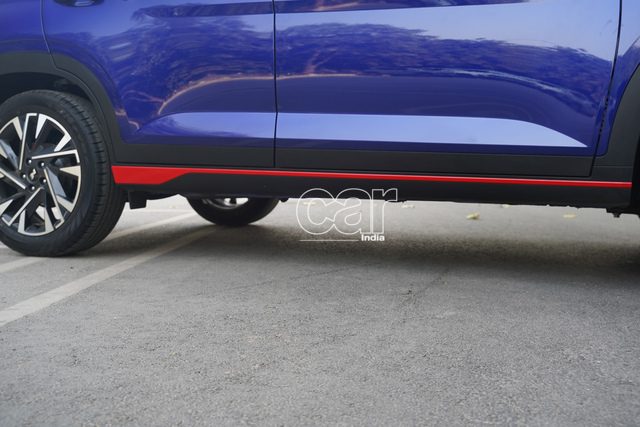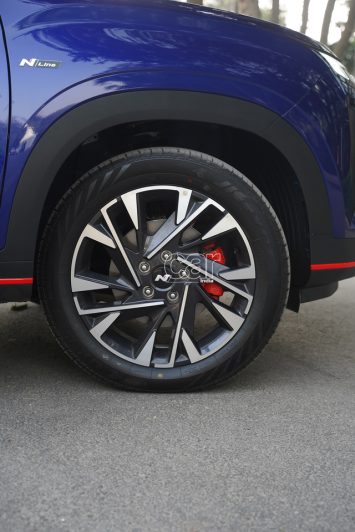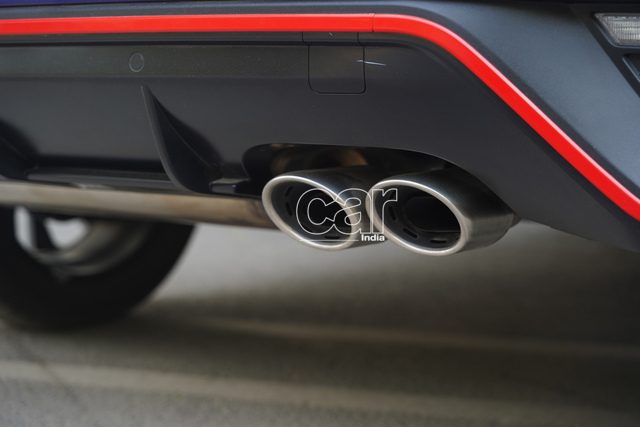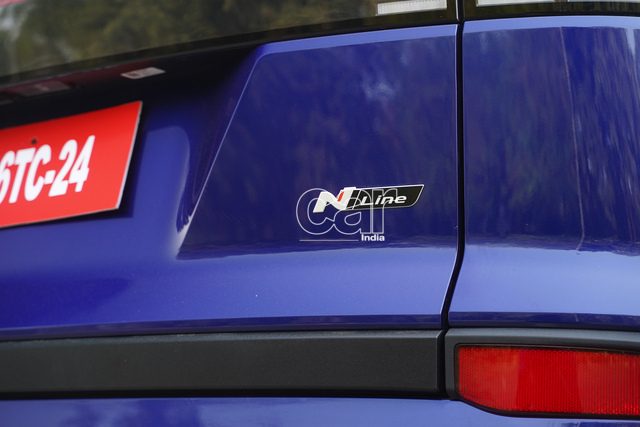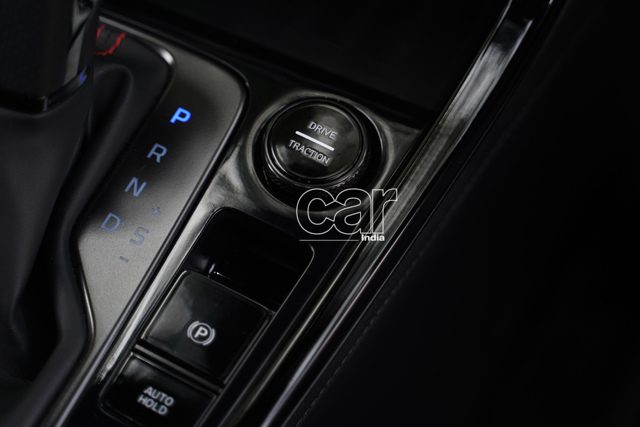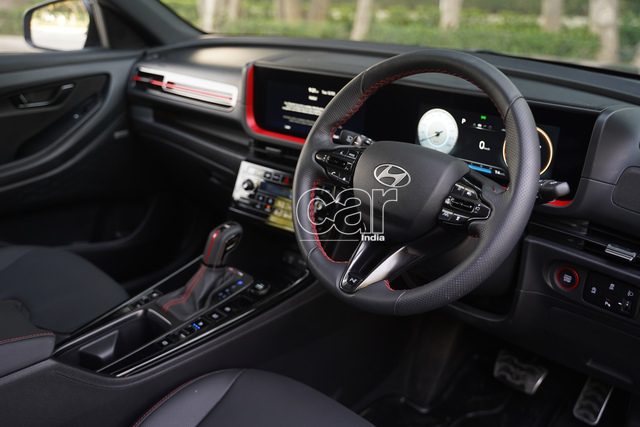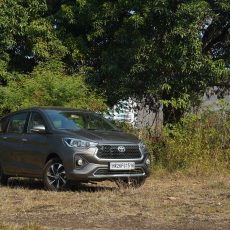Hyundai claim that the Creta N Line is the flagship in their range of sporty cars. We had a long, empty stretch of road to experience it.
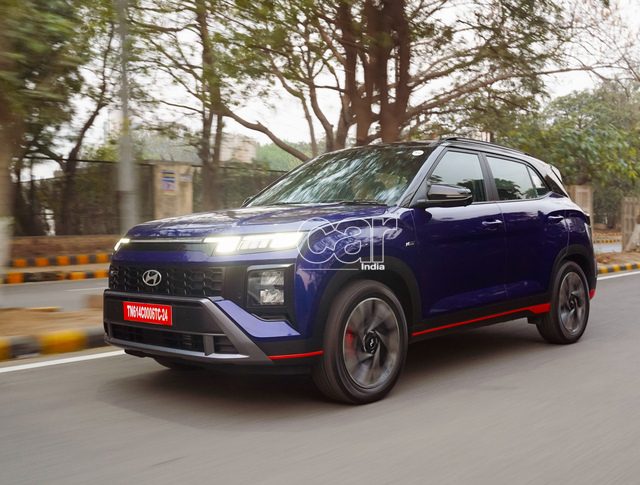
Story: Joshua Varghese
Photography: Apurva Ambep
With the introduction of the N Line, Hyundai India have become one of the few manufacturers who offer a sportier alternative to their standard models when compared to their peers. On the more accessible side of Rs 30 lakh, of course. The new Creta was a marked improvement over its predecessor on all fronts including the introduction of the new 1.5-litre, turbo-petrol engine. That car is the base for the first-ever Creta N Line for our market.
The N Line’s bodywork goes beyond sticking a few badges around the car. Hyundai have given the front end a significant makeover by giving this car its own unique grille and bumper. We got the exclusive N Line blue paint scheme which goes well with red accents along the lower edge of the car. At the rear, the spoiler and twin-tip exhaust steal the show. Yet the most significant change is the new set of alloy wheels. The standard car is offered with 16-/17-inch wheels but the N Line gets 18-inch units. They fill out the wheel arches nicely and noticeably alter vehicle dynamics too.
When compared to the exterior, the interior has not changed much. Red highlights are present on the dashboard, in the ambient lighting and line the seats as well. N Line badges are present on the gear lever and the steering wheel. Personally, the latter had my full attention. It is a beautiful three-spoke unit which is refreshing to behold in the current crop of two-spoke steering wheels. The infotainment and driver’s cluster are the same as the standard car. Bose speakers manage audio and there is a wireless charger too but no wireless smartphone integration. Weird.
By leaning towards the sporty side, the N Line has not sacrificed the practicality of the Creta. The space on offer in both rows and the boot is identical to the standard car, as are the features of convenience. The front row gets ventilated seats and the second row gets its own a-c vents and charging ports (USB-C).

Under the bonnet is their new 1.5-litre, turbo-petrol engine that develops an admirable 160 hp and 253 Nm and like the standard model, it gets the seven-speed DCT too. There is more good news. Hyundai are also offering a six-speed manual transmission exclusive to the N Line. Although I only drove the manual for a short duration, it was easily the more engaging option. The gear ratios are spaced well, throws are short and the feedback brought me joy every time I slotted the lever through a gate. All that praise can be extended to the seven-speed DCT too because it aligns well with the car’s sporty character. Maximum thrill is experienced with the gear lever and driving mode in Sport. The auto-blipper during aggressive downshifts is particularly addictive. Under acceleration, the exhaust note is certainly more sporty and urgent than the standard car but the growl of the i20 N Line seems superior in comparison.
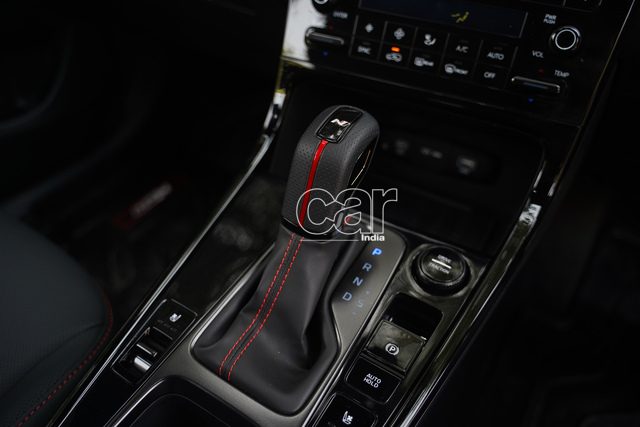
What it lacks in drama, it makes up for in power and refinement. The Creta N Line goes from 0-100 km/h in 8.9 seconds (claimed) which is not bad when you consider its size and the practicality on offer. In its sportiest setting, each gear is held all the way to 6,000 rpm before an upshift and the excitement is palpable when using the paddle-shifters too. Performance at the lower end of the rev range is nothing to write home about but once the tacho slips into the mid-range, this N Line pulls cleanly all the way to the top which is just what one needs for quick overtakes and for shooting out of tight bends.
The steering feeling and feedback is the most direct I have experienced in a Creta yet and it unlocked some more potential in its sporty side; something which may not be evident when one drives the standard model. The stiffer suspension and lower profile tyres send the car into a corner with confidence and richer feedback in terms of available grip. Its newfound stability also extends to its composure on the highways. Even at its indicated top speed of 180 km/h, the Creta N Line does not feel unsure about itself. Of course, it may not be all mechanical because the N10 variant I was in had Level Two ADAS functions as well. On the empty stretch of road I was on, it cut in every now and then to keep the car within the lines. A quick test of the other features in the suite including adaptive cruise control and collision warnings revealed textbook execution without being too intrusive. ADAS could be a neat thing to have but not a necessity in a car that is as easy to handle as the Creta N Line. Driver, passenger, side and curtain airbags are offered as standard in both N8 and N10 variants.
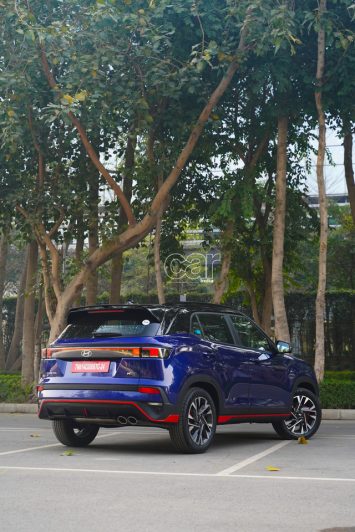
The pricing of the Creta N Line starts at Rs 16.82 lakh for the N8 models and at Rs 19.34 lakh for the top-shelf N10; all prices ex-showroom. The difference between them is that the N8 models are not equipped with ADAS. This particular car we have been driving is the absolute top-end and it costs Rs 20.45 lakh (ex-showroom). Is it worth it? Let me put it this way. If I were to buy a Creta for long-distance drives and practicality, the diesel makes most sense but for a blend of fun, performance and usability, the N Line is too tempting to refuse. Especially when one takes into account the fact that it is not overly expensive than the top-spec standard car.
Watch the full video review here:
Also Read: Hyundai Creta 2024 1.5 Diesel First Drive Review


